What is Jira Service Management? Difference between Jira and JSM
.png)
Ticket handling is no longer just the IT helpdesk's responsibility. In mature organizations, business teams resolve requests as well. Like the HR department which has to address benefits, payroll, and company policies, or marketing department preparing materials for other company divisions.
Jira Service Management (JSM) was created for communicating with customers and resolving their requests. Read our article to learn more about Jira Service Management features and how they can change your business.
Jira Service Management
Jira Service Management (JSM) is an app by Atlassian that entered the market in 2013 under the name Jira Service Desk. Since then, the company has decided to “further empower development, IT operations, and business teams to deliver exceptional service experiences” and adapt JSM for all teams.
In short, Jira Service Management helps you track your tickets, communicate with customers, and resolve requests. It’s a system that allows you to set up a client portal from which requests are sent to designated employees. Here you can track progress, publish FAQs, and even measure resolution times.

How can different teams use JSM?
- Facilities teams - Manage requests for office maintenance, equipment setup, or space planning.
- Marketing - Create designs and give access to materials for other teams.
- Customer service teams - Centralize incoming requests, route them to the right experts, and track resolution times.
- IT support teams - Manage technical issues and provide employees with access to tools they need.
Atlassian’s approach with Jira Service Management focuses on three key areas:
- Delivering value faster through quick deployment and transparent pricing
- Accelerating collaboration between development and IT operations to balance speed with risk management
- Empowering all teams to own and scale service practices without unnecessary complexity or costs
Jira Service Management vs Jira
Jira is a software development management tool. Teams use Jira to plan project milestones, manage tasks, report bugs, and improve work efficiency. In Jira, work is organized into projects. A project is a collection of work items (stories, bugs, tasks, etc).
In Jira Service Management, work revolves around requests and resolving issues submitted by customers or employees. While Jira is used to organise internal work, Jira Service Management is used to improve the quality of work performed by external parties. Both tools are integrated on the Atlassian Cloud Platform and are designed to work together seamlessly.
What can you do with Jira Service Management?
- Request Management - Manage work across teams with one platform so your employees and customers quickly get the help they need.
- Incident Management - Bring your development and IT operations teams together to rapidly respond to, resolve, and continuously learn from incidents (service outages, company-wide issues, etc.).

- Problem Management - Group incidents to problems, fast-track root cause analysis, and record workarounds to minimize the impact of incidents.
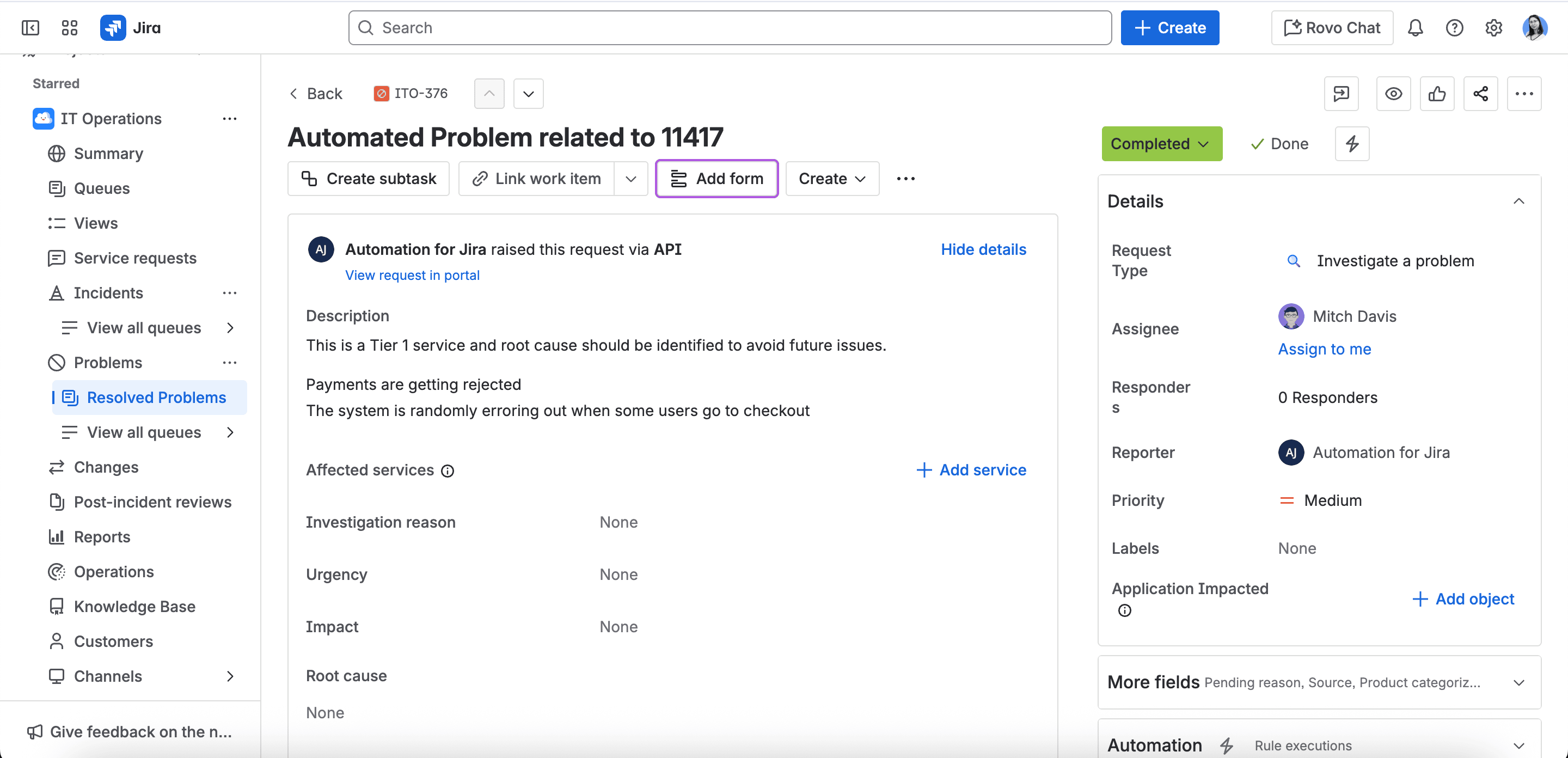
- Change Management - Empower your IT operations teams with richer contextual information around changes from software development tools so they can make better decisions and minimize risk.
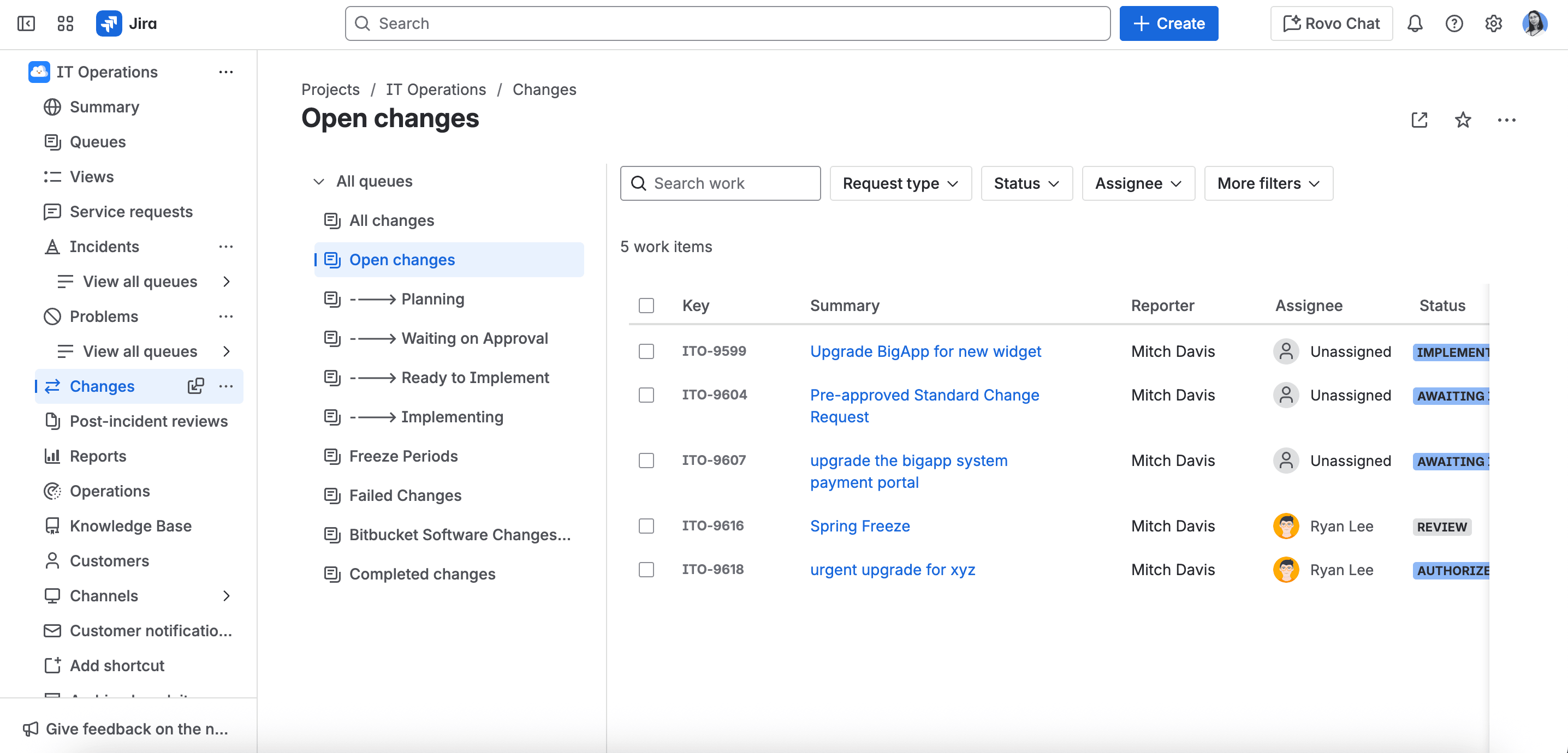
- Asset Management - Store assets to manage inventory efficiently, track ownership and lifecycles, and reduce costs.

- Configuration Management - Gain visibility into the infrastructure that supports critical applications and services. Understand service dependencies so you can minimize risk.
- Knowledge Management - Jira Service Management' users can create, edit, publish knowledge articles out-of-the-box, powered by Confluence.

Jira Service Management benefits
Jira Service Management is, above all, one platform that brings development, IT operations, and business teams together in one place. It’s simple to get started, yet flexible enough to scale as your organization grows and your needs evolve. Business teams no longer have to rely so much on IT teams, but create their own workflows.
How JSM helps teams:
Improved service desk productivity
- Decrease in handling time per ticket
- Better self-serve capabilities
- More efficient escalation processes
Improved IT operations
- Faster change request management
- Increased visibility and collaboration
- More automation and efficiency
Improved end-user productivity
- Easy-to-use interface
- Faster ticket resolution
- Improved request visibility
Improved engineer and decision-maker productivity
- Automatic ticket routing and self-service capabilities
- More distributed organizational control and standardized, automatic reporting
- Better integration between Dev+IT Ops
Jira Service Management features:
- Client portal & channels (email, chat)
- Knowledge base for self-service
- Asset management (Premium & Enterprise)
- Configurable queues
- Dynamic forms with conditional logic & validation
- Jira integration for handling bugs, feature requests, incidents
- Automations & customized workflows
- SLAs (Service Level Agreements)
Jira Service Management from the client perspective
With JSM, the customer gets a simple portal - a customer-facing website where requests are submitted. The form can be customized, translated into different languages, and includes relevant fields. Customers can browse available services and select the right option to create specific requests. They can also track progress and receive email notifications.
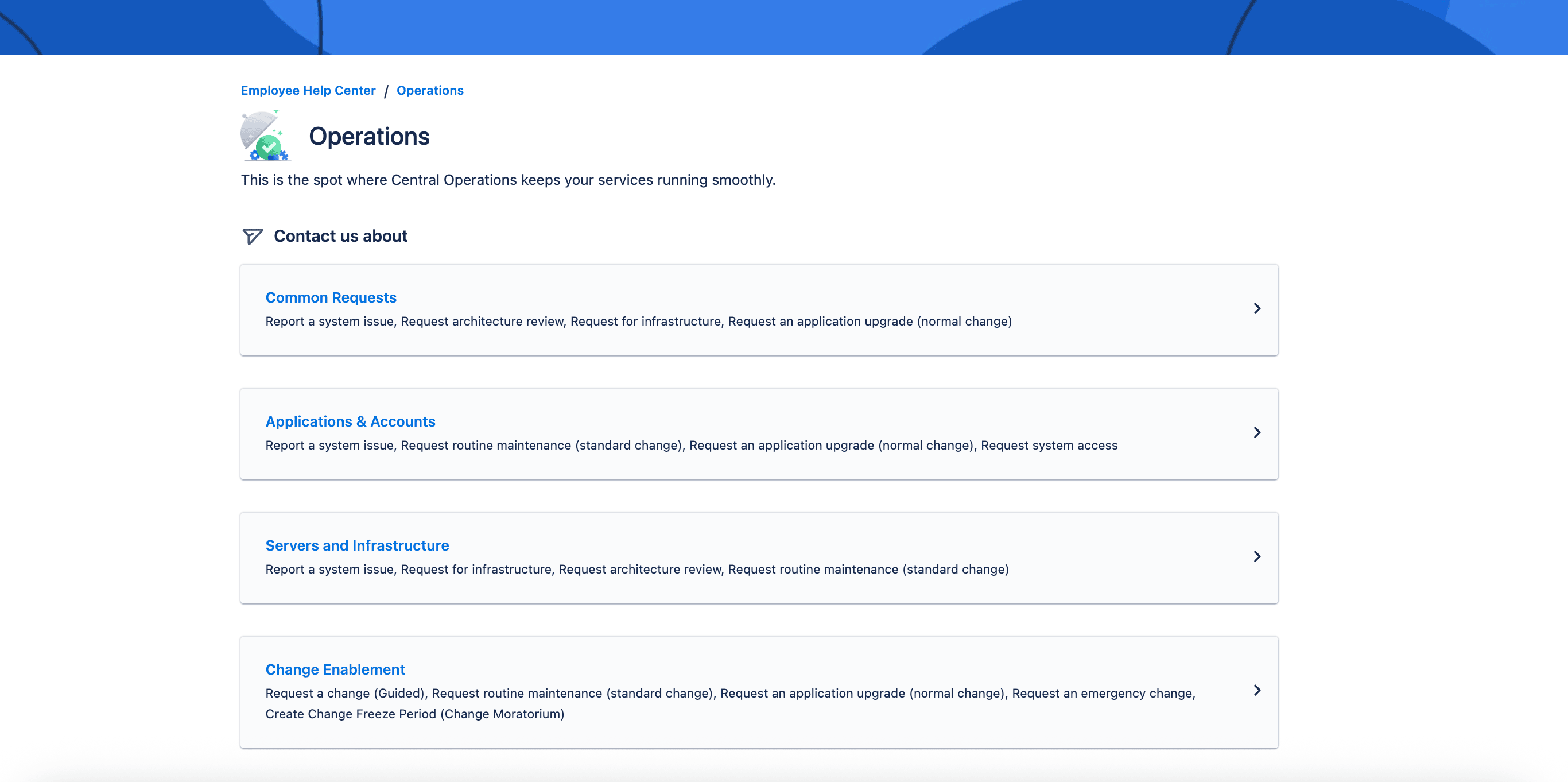
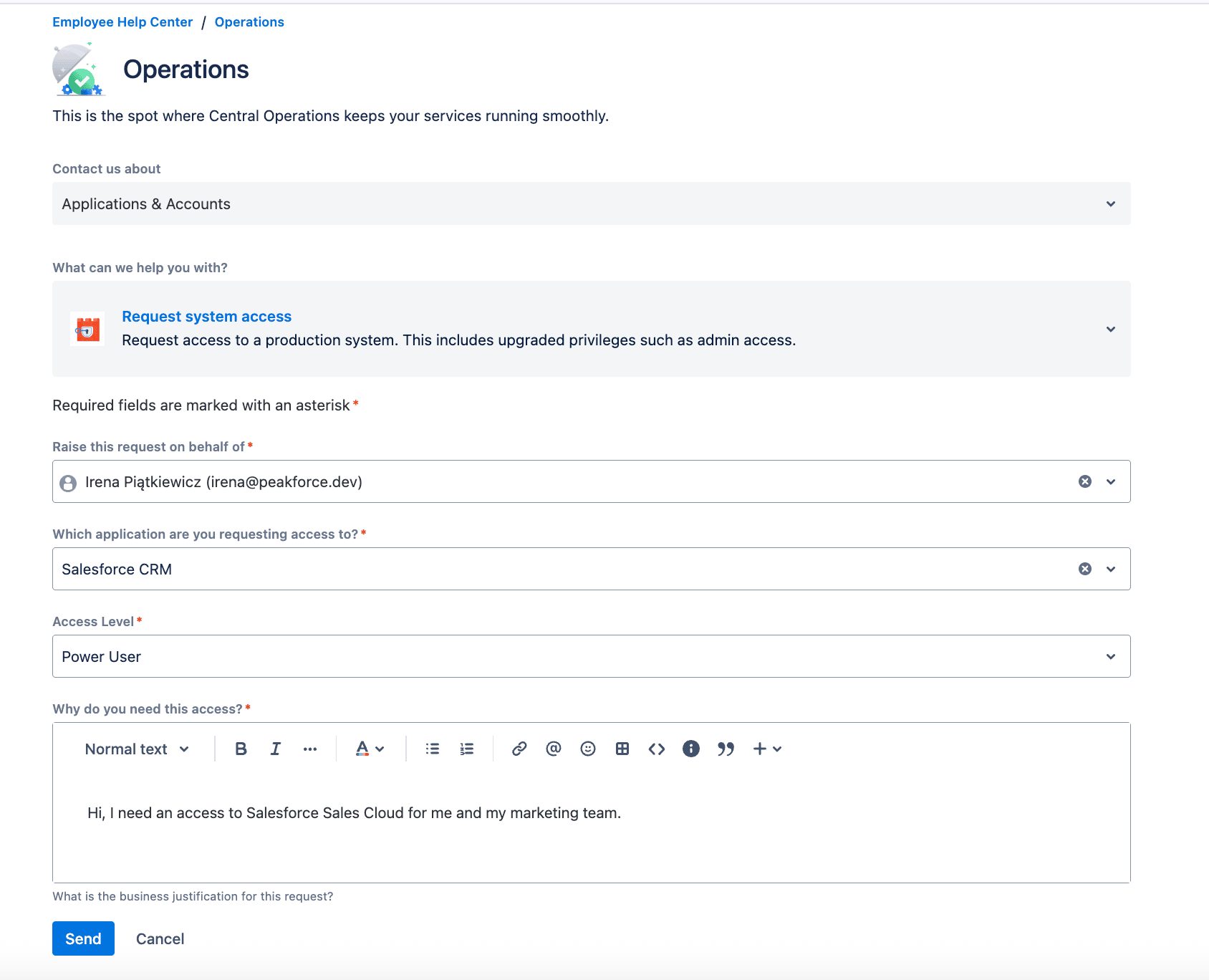
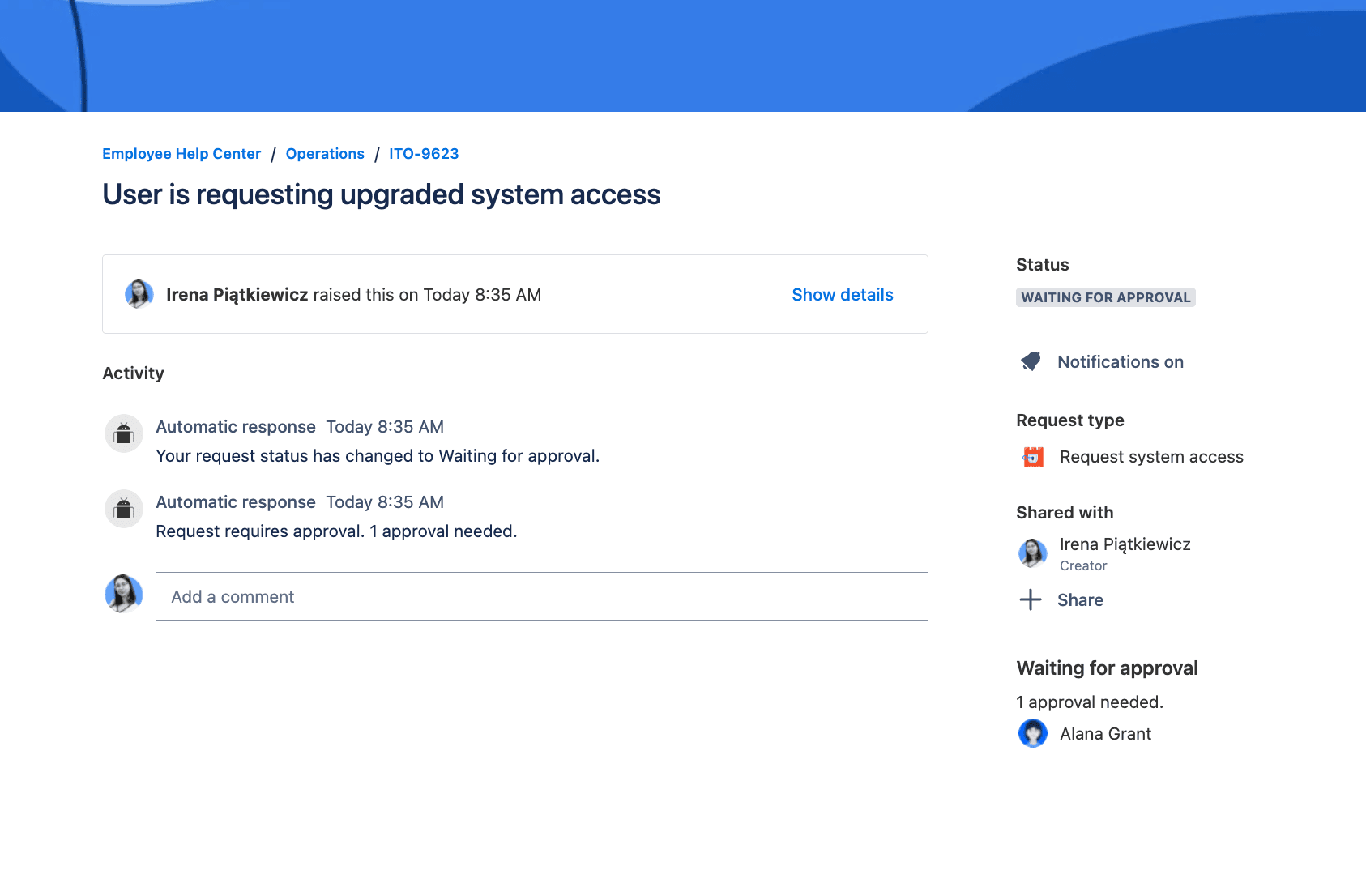
Jira Service Management from the helpdesk perspective
In Jira Service Management, customers submit requests to the service team - these might be questions, technical issues, or general help requests.
For customers, these appear as requests. For the service team, they show up as work items that can be assigned, tracked, and resolved. Both views represent the same thing: customers see requests, while service teams see work items. Service teams can also add internal notes and comments that remain invisible to customers.
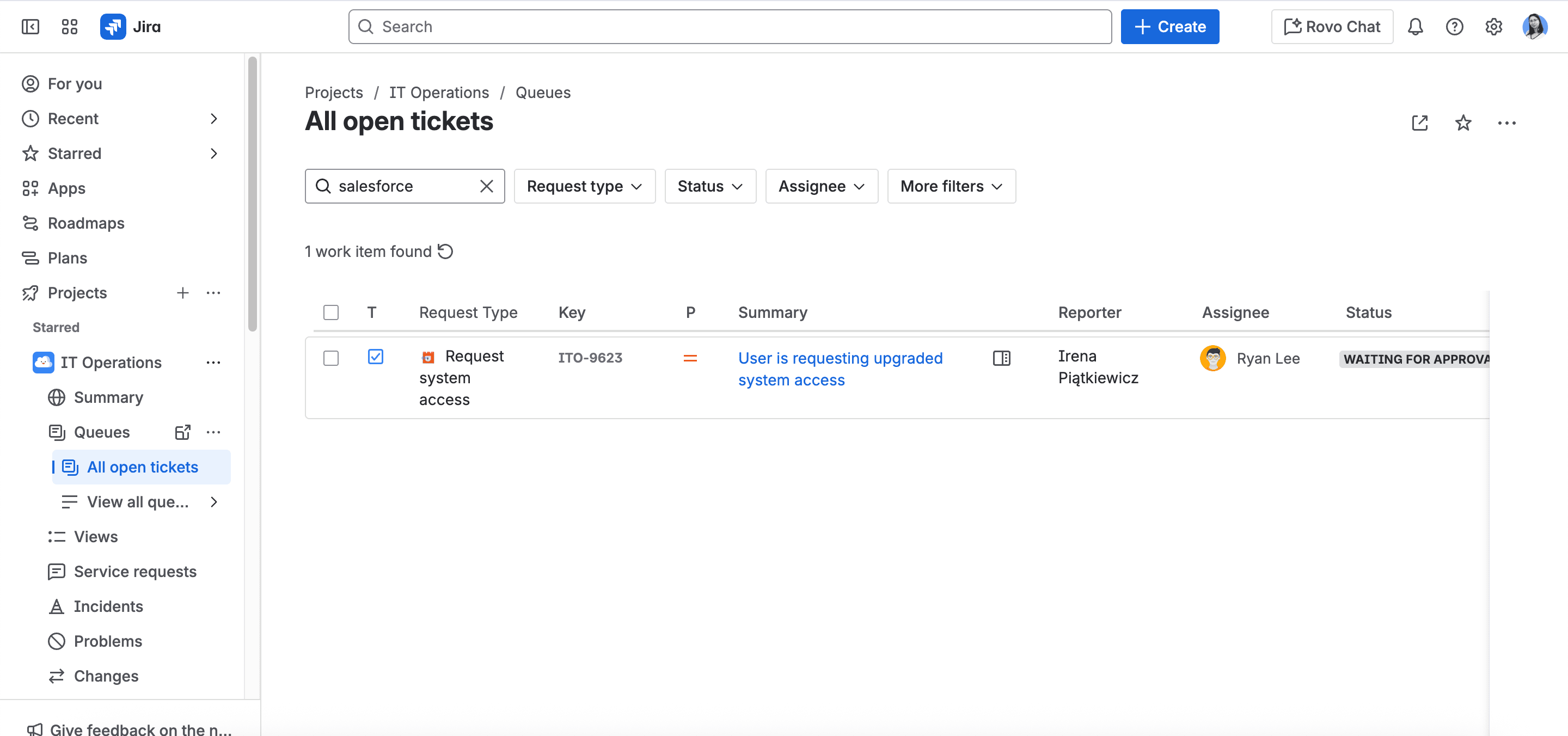
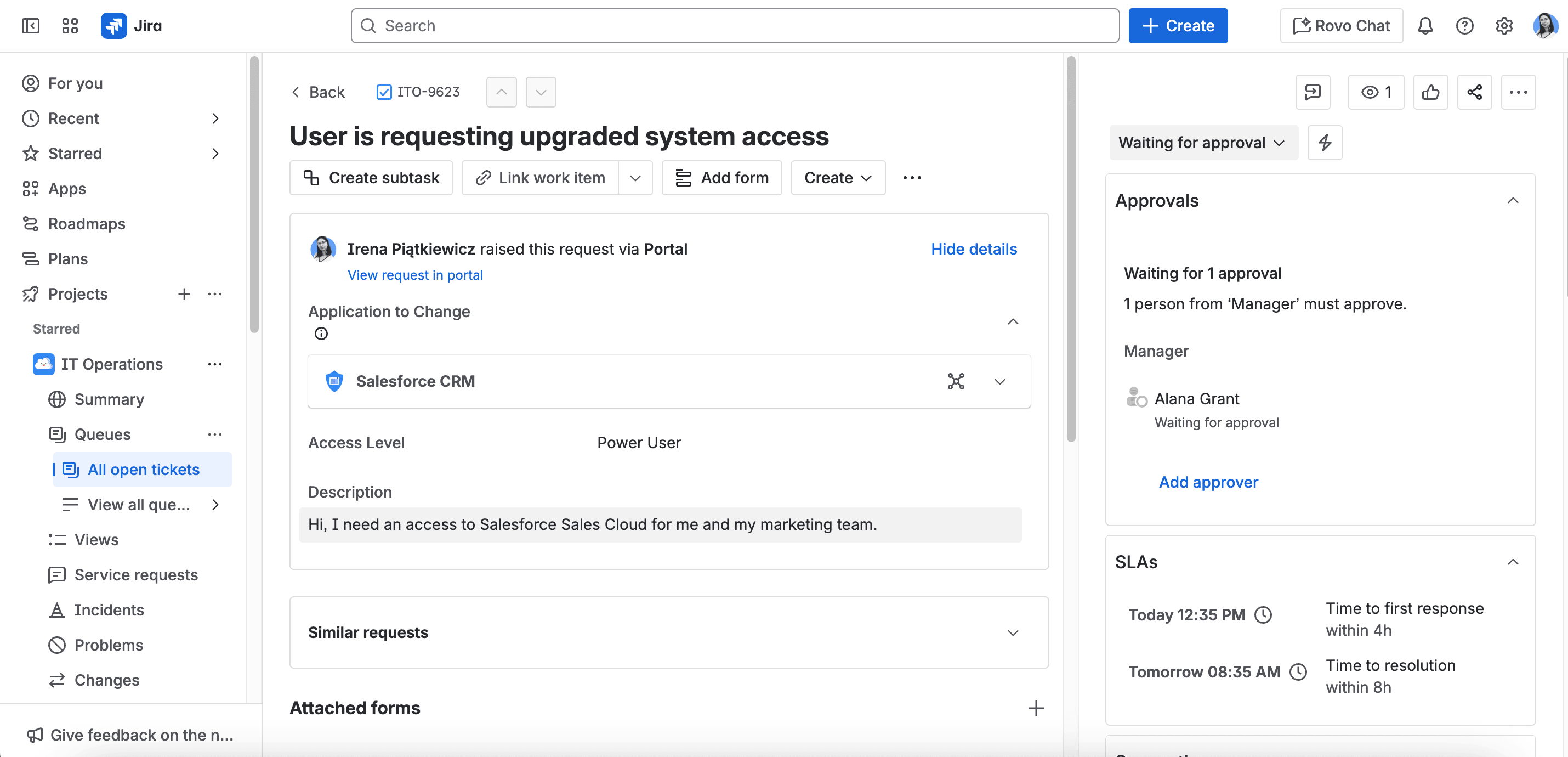
Summary
If you are looking for a comprehensive ticket management tool, Jira Service Management may be a good choice. The Cloud platform allows for quick configuration and easy integration with other Atlassian products such as Jira and Confluence.
Contact us here to request a demo and see JSM in action.
Sources:
https://www.atlassian.com/software/jira/service-management/product-guide/overview#key-terms
https://www.atlassian.com/software/jira/service-management/features/itsm#knowledge-management

Simplify tasks and teamwork with Atlassian

Unlock business growth with Salesforce

Transform your data into smart decisions with Splunk




.png)
%20(1).png)
